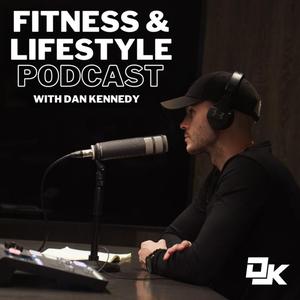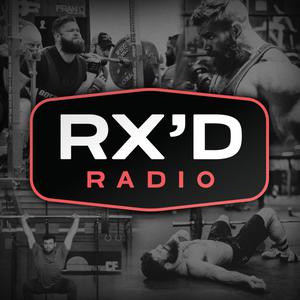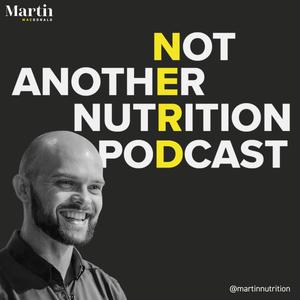
Luke Tulloch Podcast
Luke Tulloch
Fitness industry myth busting, physiology lessons and tips for personal trainers and fitness enthusiasts.
- 22 minutes 45 secondsHere's what the best exercises have in common15 January 2025, 11:19 am
- 20 minutes 9 secondsIndicators of a good workout
How do you know you did enough (or too much) in a workout?
Muscle soreness? The pump? Sensation? Performance? Subjective recovery?
8 January 2025, 5:00 am - 16 minutes 48 secondsThe wrong way to set goals
Most goal-setting approaches focus on the wrong things, which is why it's so common to lose the initial momentum and excitement of goal setting so quickly.
Check out Foundation here.
1 January 2025, 9:00 am - 31 minutes 12 secondsReacting to Milo's quad tier list
I give my thoughts on Milo Wolf's quad exercise tier list.
16 December 2024, 9:32 am - 16 minutes 44 secondsCustomize Your Training Frequency
How often should you train a muscle group? It's a question that leads into the most important aspect of program design.
Thanks for listening. When you're ready, here are some ways I can help you:
1. You can DM me on IG. Here's the link.
2. Work with me 1-on-1. Fill out this questionnaire to see if we're a good fit.11 December 2023, 5:00 am - 14 minutes 15 secondsHow rest between sets affects muscle growth
Thanks for listening. When you're ready, here are three ways I can help you:
1. You can DM me on IG. Here's the link.
2. Get free access to my Training Program Secrets Mini Course.
3. Work with me 1-on-1. Fill out this questionnaire to see if we're a good fit.
27 November 2023, 8:00 pm - 18 minutes 16 secondsBuild muscle in half the time
I'm back
13 November 2023, 8:20 pm - 24 minutes 37 secondsHow to understand research
In today’s world, we have more accumulated knowledge available to us as individuals than entire generations did not so long ago. It’s great to have the world of knowledge at your fingertips but knowing how to make best use f it is another thing entirely.
Here are 10 guidelines/rules to help you read and understand fitness science.
IG: @_luketulloch
Website: luketulloch.com
6 September 2022, 12:31 pm - 17 minutes 45 secondsChoosing the right exercise
How does your brain choose which muscle to use during an exercise?
The nervous system ‘matches’ the areas of the muscle with the best leverage to the task. But there are also individual differences, even when using the same exercises.
We don’t always recruit the same muscle or even the same muscle regions with an exercise.
This has been shown in studies. Different parts of the same muscle can grow asymmetrically depending on the exercise used.
29 August 2022, 11:44 am - 22 minutes 22 secondsHow to Recomp
The holy grail. Lose fat, build muscle at the same time.
Recomping is hard, but possible. The biological processes that grow muscle and burn fat compete with each other. The fastest way to lose fat is via a calorie deficit. Building muscle is fastest in a surplus. But it is possible to hit maintenance calories and do both. It's much easier under some circumstances.2 August 2022, 9:32 am - 24 minutes 56 secondsHow do you know when to change exercises?
Exercise selection is a rabbit hole. And once you've found your 'perfect' program - how and when do you change it? It's all about finding balance between personal preference, making progress, and optimising for performance over time.
Thanks for listening. Here are other ways I can help you:
Sign up for my Free Training Program Secrets Mini Course.
Follow me on Instagram (I lost my old account, by the way. The new one is @coachluketulloch).
7 June 2022, 8:07 am - More Episodes? Get the App
Your feedback is valuable to us. Should you encounter any bugs, glitches, lack of functionality or other problems, please email us on [email protected] or join Moon.FM Telegram Group where you can talk directly to the dev team who are happy to answer any queries.
 The Fitness And Lifestyle Podcast
The Fitness And Lifestyle Podcast
 RX'D RADIO
RX'D RADIO
 Level Up With Sharelle and Dani
Level Up With Sharelle and Dani
 Not Another Nutrition Podcast
Not Another Nutrition Podcast
 The Coach Mark Carroll Podcast
The Coach Mark Carroll Podcast
 Mind Muscle Project
Mind Muscle Project